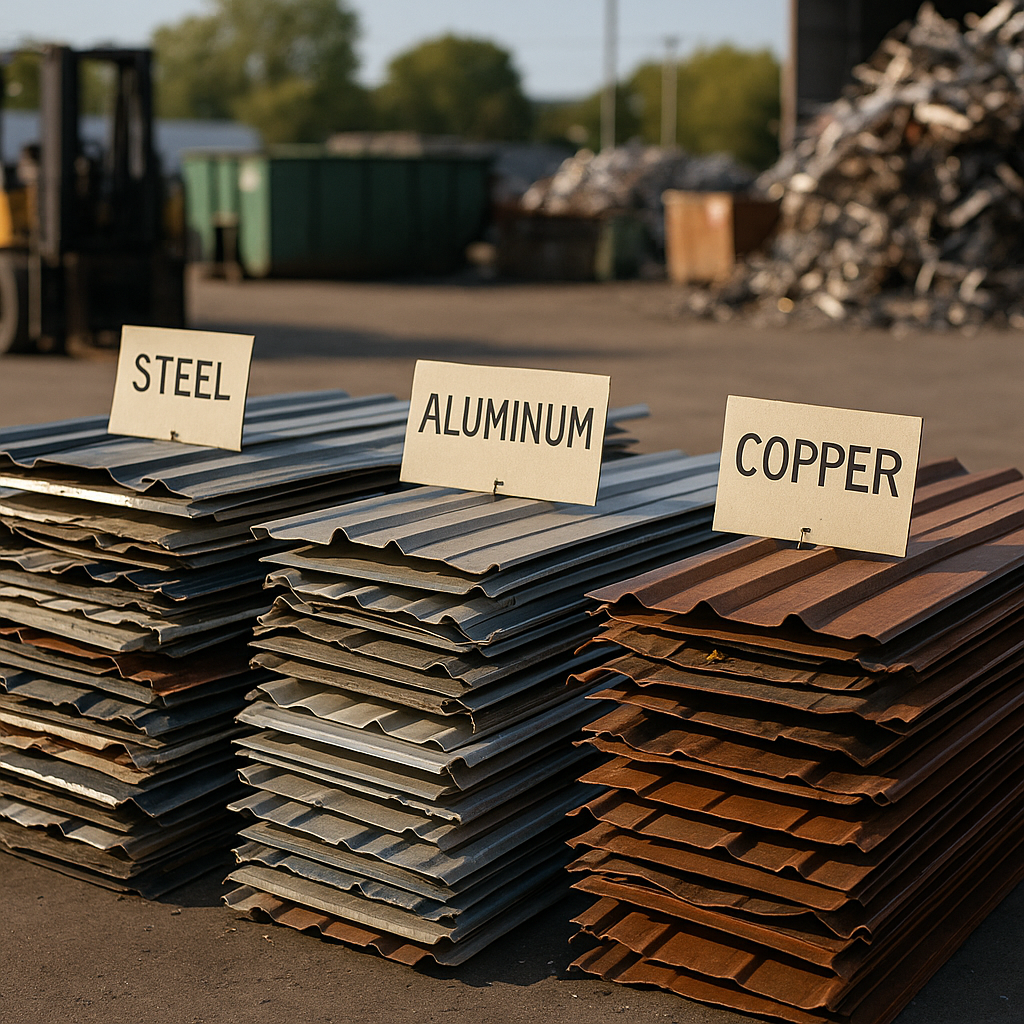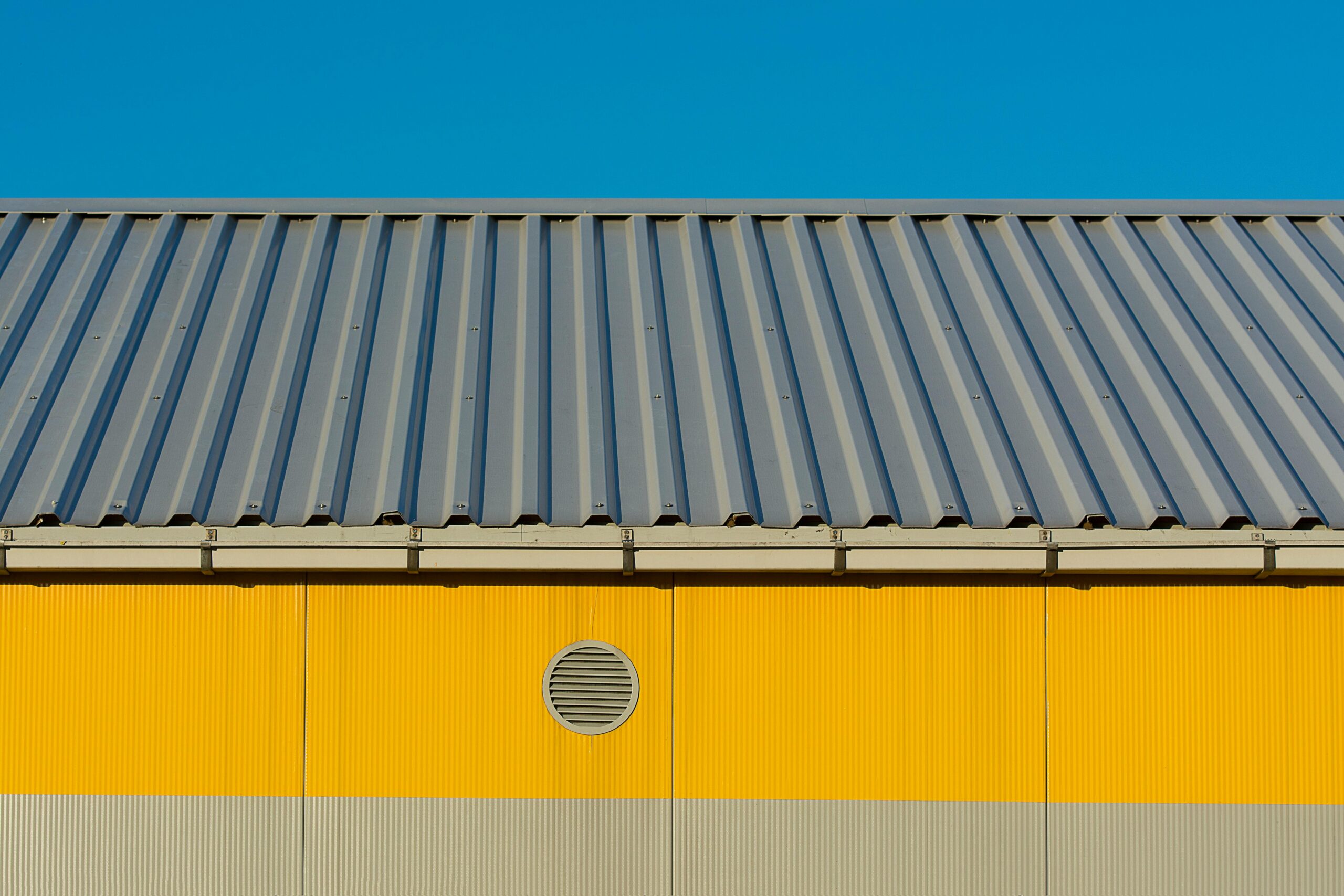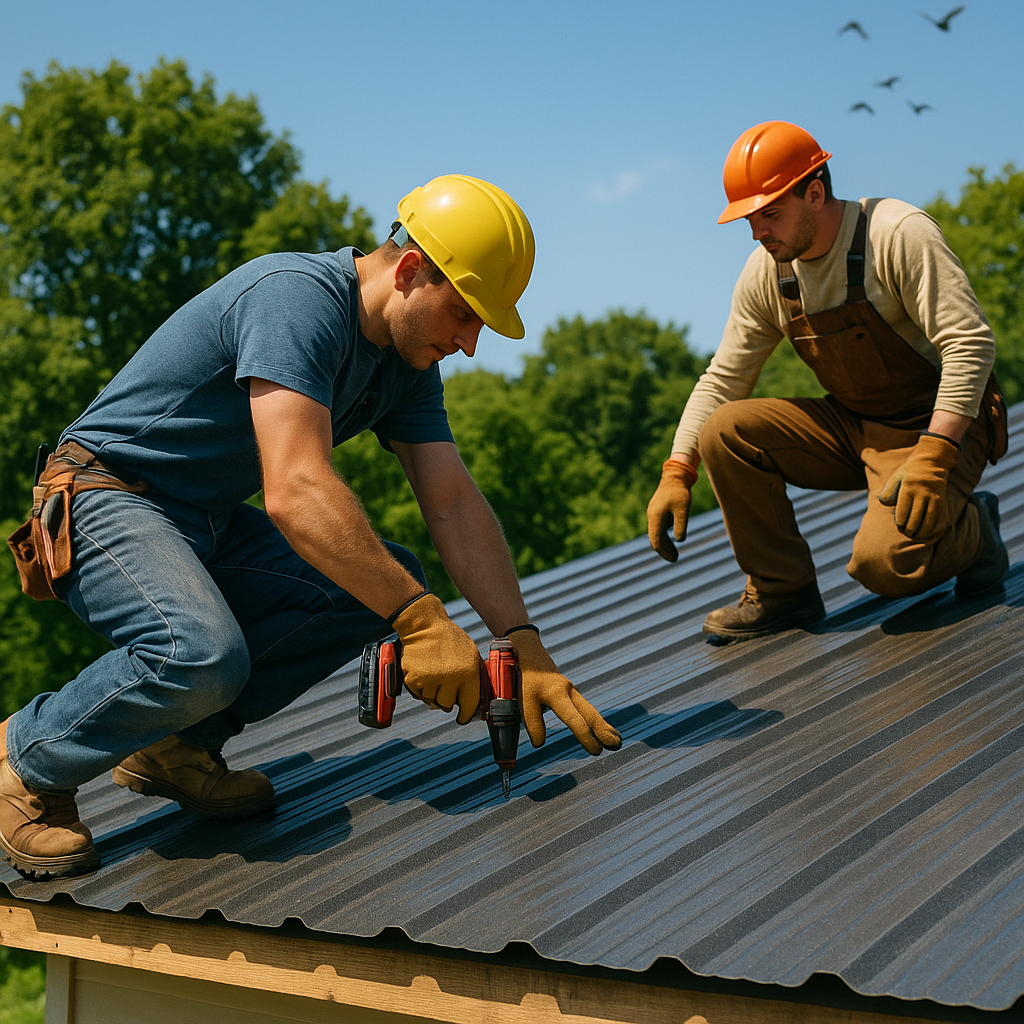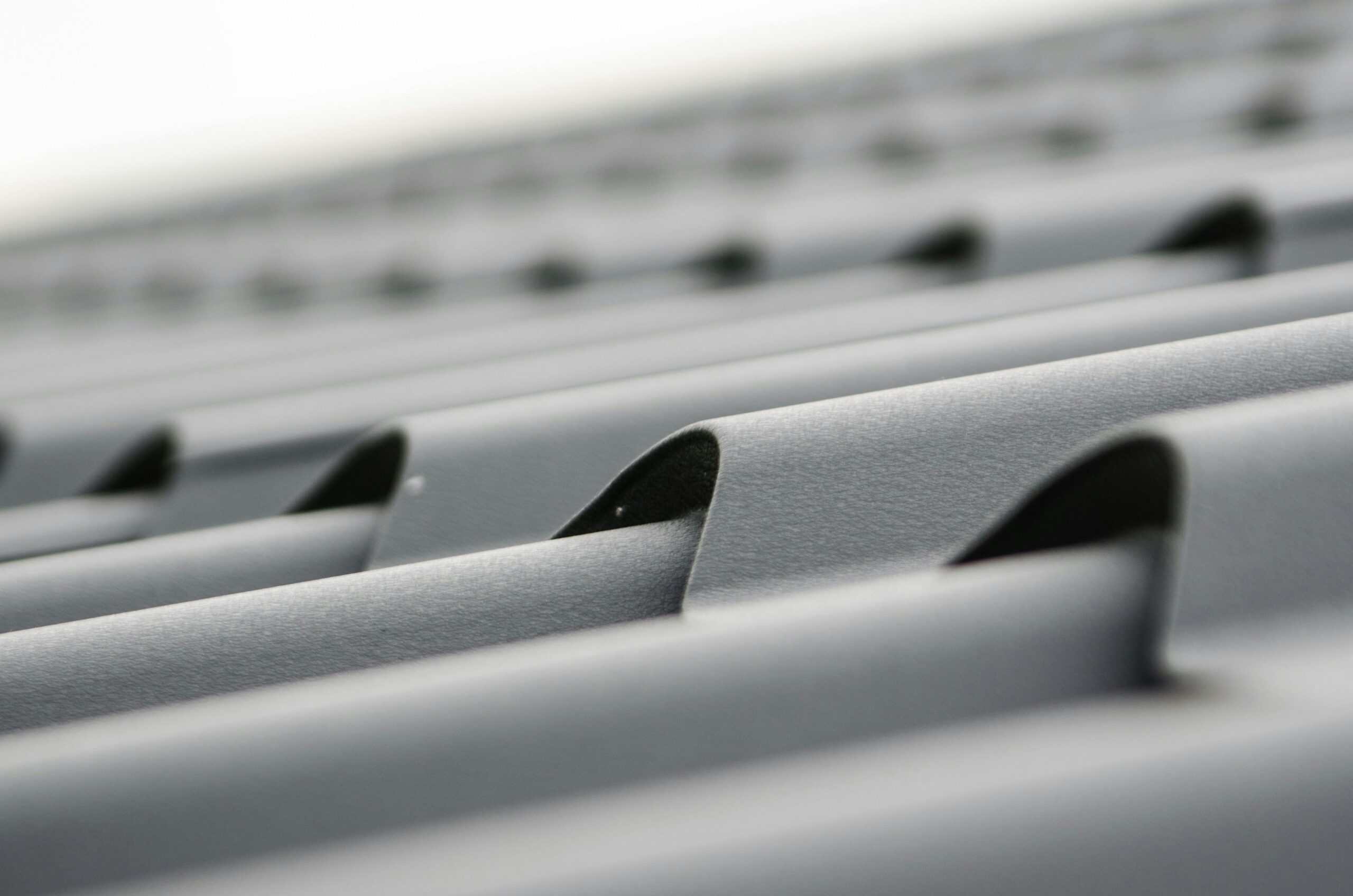5901 Botham Jean Blvd, Dallas, TX 75215
The Importance of Recycling Metal Roofing and Siding
July 18, 2025Each year, 20 billion pounds of asphalt shingles end up in U.S. landfills. Metal roofing and siding offer a sustainable alternative as they are fully recyclable. The construction industry faces increasing pressure to adopt eco-friendly practices, and metal recycling is one of the most impactful sustainability measures currently available.
Metal roofing and siding materials contain valuable resources that can be repurposed without losing quality. Recycling these materials requires up to 80% less energy than producing new metals from raw ore. This substantial energy reduction leads to lower carbon emissions and a reduced environmental footprint for buildings and homes.
As sustainable building practices become crucial in efforts to combat climate change, the recyclability of metal roofing and siding has evolved from being merely an environmental benefit to also providing an economic advantage. Contractors, homeowners, and facility managers who recognize these benefits can make informed decisions that support both environmental sustainability and long-term cost savings.
What Types of Metal Roofing and Siding Can Be Recycled?

The recyclability of metal roofing and siding is a significant environmental benefit. Almost all metals used in these applications can be fully recycled at the end of their lifecycle, including Galvalume®, galvanized steel, aluminum, copper, zinc, and stainless steel.
These recyclable metals don’t just benefit the environment post-use; many metal roofing and siding products already contain a substantial amount of recycled content when installed. Aluminum roofing is particularly notable, with up to 95% recycled material content, mostly derived from consumer products like soda cans.
Steel products also boast high recycled content, with a recycling rate exceeding 70% annually and recovery rates nearing 90%. This strong recycling performance is facilitated by steel’s magnetic properties, allowing easy separation from other waste.
- Galvalume® – Steel coated with an aluminum-zinc alloy for corrosion resistance
- Galvanized steel – Steel with a protective zinc coating
- Aluminum – Lightweight, rust-resistant with very high recycled content
- Copper – Develops a distinctive patina over time, highly durable
- Zinc – Features self-healing properties for scratches, offering excellent longevity
- Stainless steel – Corrosion-resistant alloy requiring minimal maintenance
Incorporating recycled metals into roofing and siding manufacturing greatly reduces energy consumption. Recycled steel uses about 26% of the energy required for production from raw materials. Recycled aluminum’s energy usage is even more efficient, needing just 5% of the energy compared to producing aluminum from bauxite ore.
Metal roofing and siding can include both pre-consumer and post-consumer recycled content. Pre-consumer content originates from reclaimed manufacturing scrap, while post-consumer content comes from materials recycled after consumer use.
| Metal | Energy Savings (Recycled vs. Virgin Production) |
|---|---|
| Aluminum | 95% |
| Copper | 85% |
| Steel | 60% – 75% |
Once a metal roof or wall system reaches the end of its life—often 40-70 years after installation—it doesn’t end up in landfills. Instead, it can be wholly recycled and turned into new metal products. This closed-loop recycling process conserves natural resources and reduces waste, making metal roofing and siding an environmentally sustainable choice.
How Does the Metal Roofing and Siding Recycling Process Work?

The recycling journey for metal roofing and siding involves a structured process that transforms old materials into new resources, showcasing sustainability. Here’s a look at each step of this efficient process.
Collection and Transportation
The process begins with the careful removal of metal roofing and siding during renovations or demolitions. Unlike some traditional materials that often end up in landfills, these metal components have a sustainable end-of-life solution.
Once removed, the panels and scraps are collected and transported to specialized recycling facilities. This crucial step diverts valuable materials from landfills and reintroduces them into the production cycle.
The environmental impact is significant: for every ton of metal diverted from landfills, natural resources are preserved, and waste is reduced.
Sorting by Material Type
At recycling facilities, metals are meticulously sorted based on their composition. Common recyclable roofing materials include galvanized steel, Galvalume, aluminum, copper, and stainless steel.
This sorting is vital, as different metals require specific recycling methods. Advanced sorting techniques ensure precise categorization for optimal recycling efficiency.
The metal’s quality dictates the appropriate recycling method, making accurate sorting essential for high-quality recycled materials.
Compaction and Shredding
After sorting, the metal is compressed into compact forms for easier handling, optimizing space utilization for further processing.
The compacted metal is then shredded into smaller pieces. This granulation increases surface area and prepares the metal for the melting phase.
Shredding enhances processing efficiency and ensures consistent quality in the recycled material.
| Metal | Energy Saved Compared to Virgin Production |
| Aluminum | 95% |
| Copper | 85% |
| Steel | 60%-74% |
Melting and Refining
The shredded metal is melted down at high temperatures in furnaces, consuming significantly less energy than producing new metal from raw ore.
Steel recycling typically involves the Basic Oxygen Furnace (BOF) or Electric Arc Furnace (EAF) methods. The BOF process yields about 33% recycled content, while the EAF process can achieve nearly 90% recycled content.
For aluminum, the energy savings are even more substantial. Recycling aluminum requires only 5% of the energy needed to produce it from bauxite ore, and each ton of recycled aluminum saves four tons of bauxite.
Purification Process
After melting, the metals are purified to remove impurities. Techniques like electrolysis ensure the recycled metal matches the quality of newly mined metal.
This critical step eliminates contaminants, ensuring the recycled metal meets industry standards for strength, durability, and performance.
The purification process transforms waste into a resource indistinguishable from virgin materials in terms of quality and performance.
Reproduction and Manufacturing
The purified metal is shaped into blocks, sheets, or other forms based on manufacturing needs and sent to mills and factories to be transformed into new products.
The versatility of recycled metal allows it to be used for anything from new roofing panels to automobile parts or appliances. Your recycled metal roof might become part of a new building, vehicle, or household item.
This final step completes the circular economy of metal recycling, demonstrating how materials can be continuously reused without losing quality.
What Are the Environmental Benefits of Recycling Metal Roofing and Siding?

Metal roofing and siding materials are among the most recyclable building products available. Their environmental benefits extend well beyond waste reduction. Examining the full lifecycle impact of recycling these materials reveals clear and compelling advantages.
Recycling metal roofing and siding significantly reduces energy consumption compared to producing new metal from raw materials. Recycled steel requires only 26% of the energy needed to produce steel from iron ore. This energy reduction saves approximately 2,500 pounds of iron ore, 1,400 pounds of coal, and 120 pounds of limestone for every ton of steel recycled.
The energy savings are even more remarkable with aluminum. Recycled aluminum uses just 5% of the energy required to produce aluminum from bauxite ore. Every ton of recycled aluminum prevents four tons of bauxite from being mined. Additionally, this recycling process reduces air pollutants like CO2, SOx, and NOx by 95% and water pollution by 97%.
Conservation of Raw Materials
Metal recycling fosters a sustainable cycle that preserves valuable natural resources. Unlike petroleum-based products such as asphalt shingles, which have limited recycling capacity, metals can be recycled repeatedly without losing quality. Your old car, washing machine, or soup can might become part of a new metal roof.
Steel, North America’s most recycled material, saw nearly 73 million tons recycled in a single year. Copper recycling, which uses only about 15% of the energy needed for mining new copper, boasts an average recycled content of 44.6%. Even zinc, used in some metal roofing applications, derives over 30% of its global supply from recycled sources.
Circular Economy Benefits
Recycling metal roofing and siding contributes to a circular economy model by diverting waste from landfills. Metal panels remain 100% recyclable at the end of their long service life—typically 50 to 70 years for most metal roofs. This longevity alone significantly reduces waste compared to asphalt shingles, which need replacement every 15 to 30 years.
The recycling process for metal roofing involves collection, sorting, compaction, shredding, melting, and purification before reproduction into new products. This full cycle ensures materials remain in use rather than becoming waste. Some flat-rolled aluminum construction products contain up to 85% recycled content, with 60% coming from post-consumer sources.
Landfill Waste Reduction
The effect on landfill reduction is significant. About 12 million tons of asphalt shingles enter landfills annually, with only about 1% currently recycled. In contrast, metal roofing and siding materials can be completely diverted from waste streams.
This landfill avoidance becomes increasingly crucial as municipalities face rising disposal costs and shrinking landfill capacity. A single reroofing project using metal instead of asphalt can prevent tons of non-biodegradable waste from occupying landfill space for centuries.
For context, the energy saved by recycling just one aluminum beverage can could power a 100-watt light bulb for 3.5 hours. Scaling this to the thousands of square feet in commercial metal roofing projects reveals a truly significant environmental impact.
| Metal Material | Energy Savings from Recycling | Recycling Content |
|---|---|---|
| Aluminum | 95% energy savings | Up to 95% recycled content |
| Copper | 85% energy savings | 44.6% average recycled content |
| Steel | 60% to 74% energy savings | Over 70% annual recycling rate |
| Zinc | 30% recycled source | 30% of global supply from recycling |
The environmental benefits of recycling metal roofing and siding extend beyond individual buildings, contributing to meaningful ecological improvements. With state programs increasingly recognizing and incentivizing energy-efficient building practices, the advantages of recyclable metal roofing and siding are likely to become even more significant in the near future.
Conclusion: Embracing Sustainable Practices in Construction

Recycling metal roofing and siding is crucial for sustainable construction practices. The benefits we’ve explored highlight why metal is favored in environmentally conscious building projects. By choosing recyclable metal materials, construction professionals can significantly reduce their ecological footprint while reaping practical advantages.
Metal recycling preserves valuable natural resources and lessens environmental damage from mining. Remarkably, recycling aluminum saves 95% of the energy needed to produce it from raw materials, while steel and copper recycling saves 60% and 85% respectively. This energy efficiency translates to reduced greenhouse gas emissions and a smaller carbon footprint for construction projects. Additionally, metal’s durability and longevity reduce replacements and waste over time, further advancing sustainability goals in the building industry.
For your next construction project, consider the long-term environmental benefits of metal roofing and siding. Contact Okon Recycling at 214-717-4083 for all your metal recycling needs and join us in building a more sustainable future for the construction industry.
